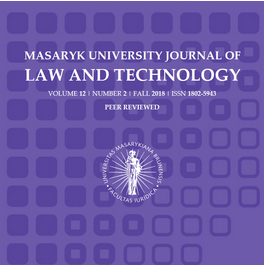Enhanced Functionality Brings New Privacy and Security Issues – An Analysis of eID
Enhanced Functionality Brings New Privacy and Security Issues – An Analysis of eID
Author(s): Tamás SzádeczkySubject(s): Law, Constitution, Jurisprudence, Public Administration, Security and defense, ICT Information and Communications Technologies
Published by: Masarykova univerzita nakladatelství
Keywords: Chip Data Protection; E-Passport; Hungary eID; Protection of Government Issued Documents;
Summary/Abstract: As compared with traditional paper-based versions and the standard username- -password login to e-Government services, the new electronic identity and travel documents have made on-site electronic and on-line authentication of citizen more comfortable and secure. The biometric passport was introduced in Hungary in 2006. A decade later the electronic identity card (eID) was implemented. The reason for the improvement of such documents is twofold: enhancing security features and performing new functions. The development is certainly welcome, but it also generates new types of risks, with which governments and citizens must take into account. In this paper, I will first analyze the most widespread technologies of data storage cards from the passive elements to the chipcards, including the biometric passport. The objective is to provide an overview of the technical development as a background to my paper. I will then proceed to an analysis of the relevant EU and national legal background, data elements, data protection and the functions (ePASS, eID, eSIGN) of the new Hungarian and German identity card, as well as the security risks and protection properties of the eID-type documents. The paper concludes with a summary of the lessons learned from and the risks involved in the current solutions in Hungary and Germany.
Journal: Masaryk University Journal of Law and Technology
- Issue Year: 12/2018
- Issue No: 1
- Page Range: 3-27
- Page Count: 25
- Language: English

